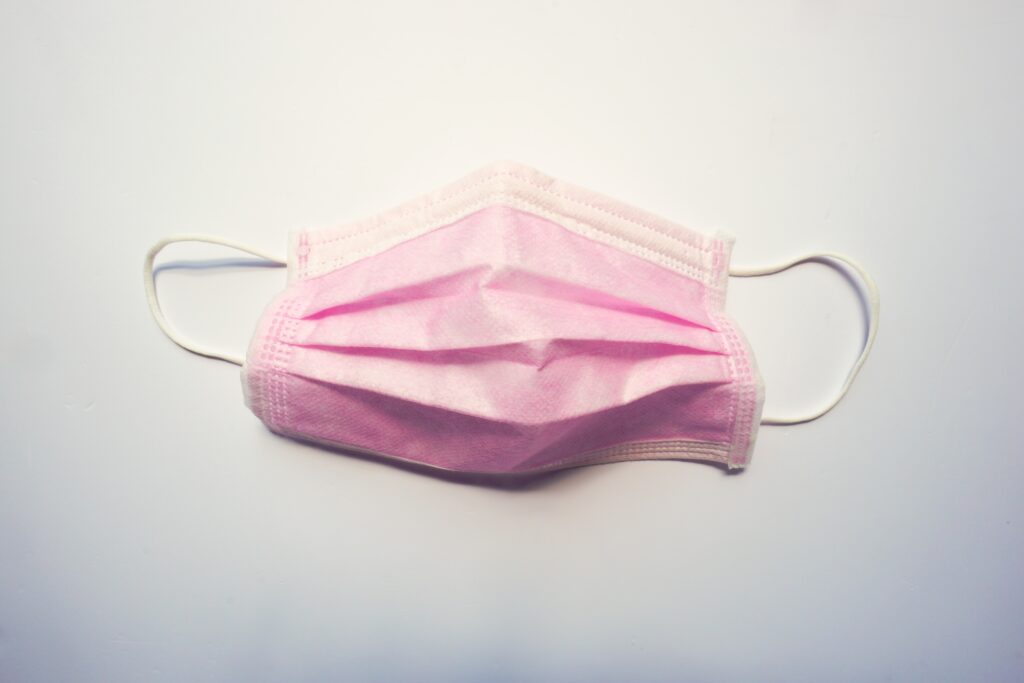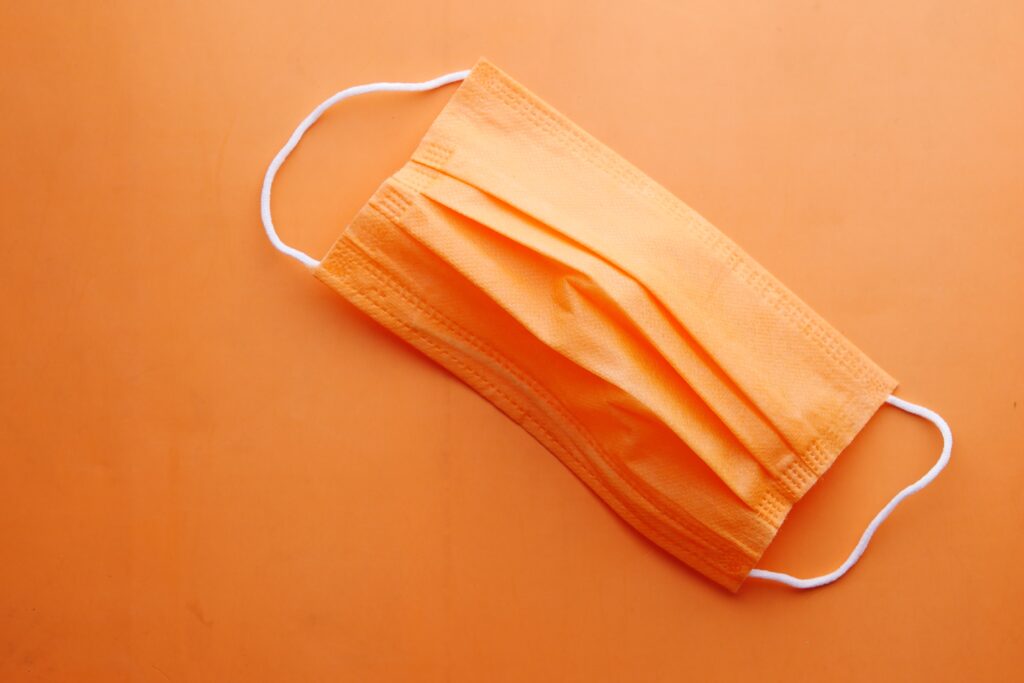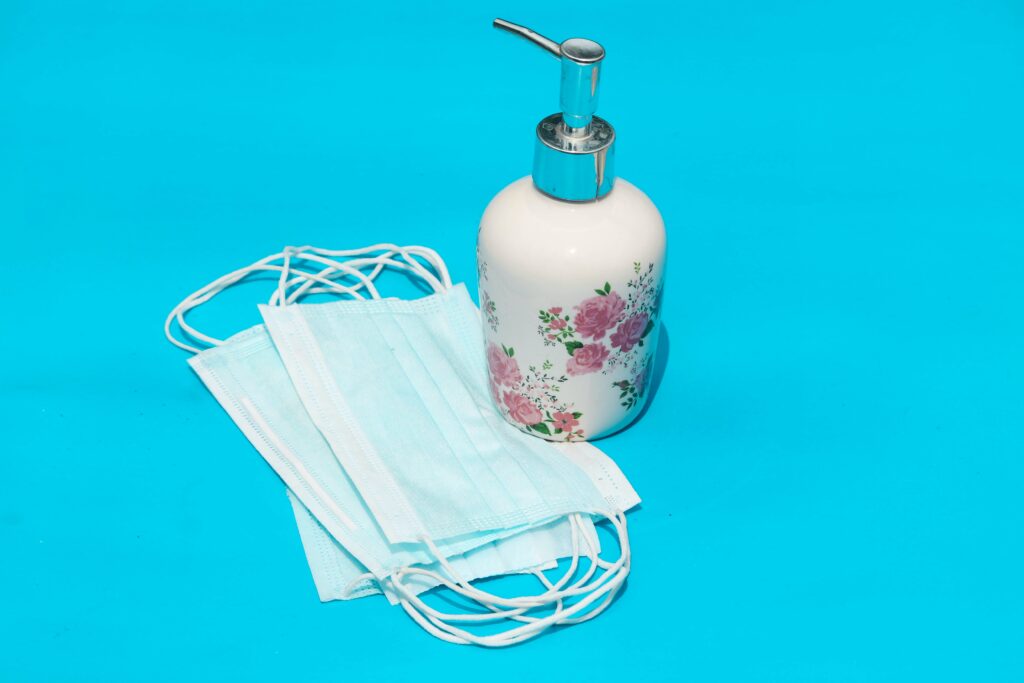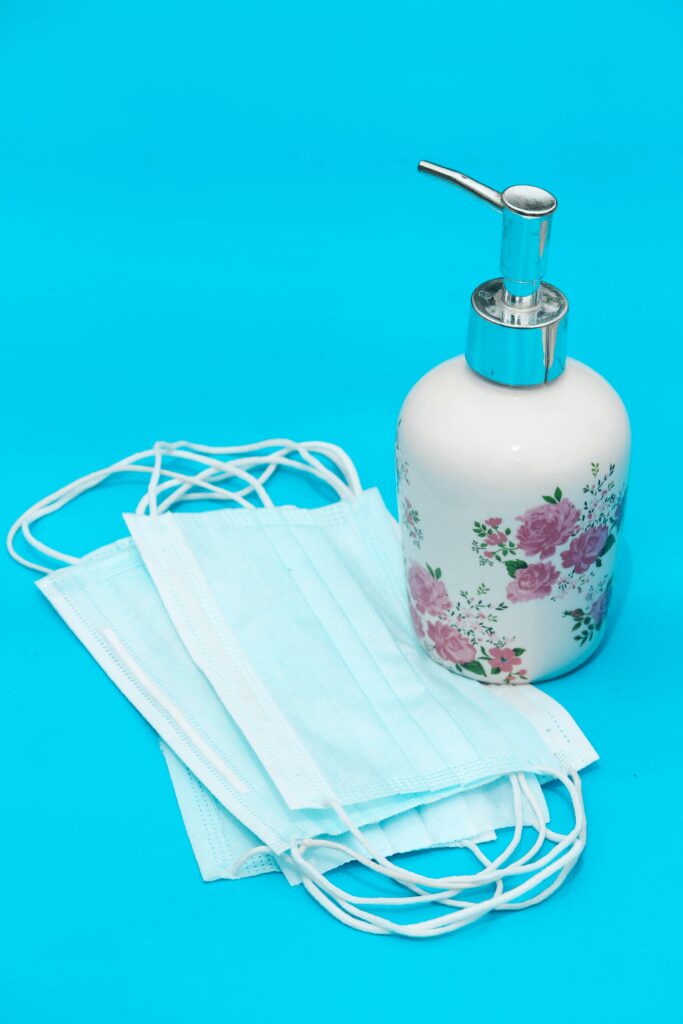Face Mask Really Protect Us ?
People wear a variety of face masks to protect themselves from inhaling pathogens, pollutants, allergens, dust, and other harmful substances.

Face masks are being used a lot to protect against the Swine Flu (H1N1), Severe Acute Respiratory Distress Syndrome (SARS), Highly Pathogenic Avian Influenza (HPAI) virus outbreaks in Asia, and dust from the World Trade Center’s collapse, as shown in recent news stories. Face masks‘ degree of protection, on the other hand, is unknown.

how well face masks protect the respiratory system from breathing in potentially harmful aerosols. The following are the three types of face masks that were tested: a bandana, a pre-formed dust mask, and a surgical mask.
The positive control was tested using an N95 respirator. For 30 minutes, each face mask was put to the test. Aerosol concentrations were calculated by collecting filter samples simultaneously from the mannequin and reference sample probes. The volumetric flow rates of the mannequin sample probe and the reference sample probe were 8.75 L/min and 1.72 L/min, respectively.

The reference sample probe revealed a mean challenge aerosol concentration of 0.045 0.008 mg/L and a mass median aerodynamic particle size of 1.6 m. The protective efficiency of the face mask was determined by comparing the concentration of the reference sample probe to that of the mannequin sample probe.
The surgical, bandana, and dust masks had protective efficiencies of 33.3%, 11.3%, and 6.1%, respectively. The N95 mask had an 89.6% protection rate. In conclusion, of the three face masks tested, the surgical mask provided the most protection.

However, it is essential to keep in mind that, in comparison to the N95, all three face masks provide very little protection, and wearing one of these masks may give the impression that one is protected.
Saline aerosols representing dust storm conditions were applied to three commonly used face masks—a surgical mask, a pre-shaped mask, and a bandana—to test their effectiveness as dust storm protection devices. The positive control was a N95 respirator that was tested in the same way.
The N95 respirator had a protective efficiency of nearly 90%, while the other two masks performed poorly, with protective efficiencies of less than 34%. The penetration efficiency and particle load characteristics of the fabrication materials may be related to the protective efficiencies observed with face masks and the N95 respirator.

The fit of the face mask and respirator is just as important. The N95’s less-than-95 percent efficiency may be due to this. Face masks and respirators provide protection against dust, allergens, and infectious aerosols based on the compound’s aerosol concentration and the infectious or inhaled dose.
The findings indicate that wearing face masks of this kind may not provide the desired degree of protection against inhaling aerosols.
Article -by – Ali Hadar , Posted -by- Ali Hadar
Follow our Social Media Platforms.
FACEBOOK TIKTOK INSTAGRAM YOUTUBE

I was pretty pleased to discover this web site. I want to to thank you for your time for this fantastic read!! I definitely really liked every bit of it and I have you book marked to see new things on your web site.